Few franchises have had quite as big of an impact on the video game industry as Final Fantasy. Time and time again, the series has helped to shape and redefine the JRPG genre with a seemingly endless stream of exciting and unforgettable role-playing adventures. It's a series that is constantly reinventing itself, but while Square Enix remains firmly focussed on the future of the Final Fantasy franchise, the developer is also keen to celebrate its illustrious origins as well.
The aim of the Final Fantasy Pixel Remaster project is to provide fans and new players alike with a definitive and easily accessible collection containing the series' first six installments. In a recent interview, Game Rant spoke with several members of the Pixel Remaster development team to find out more about the project and some of the challenges that they faced while remastering these iconic 2D titles.
RELATED: Final Fantasy Pixel Remaster Review
A project of this scale and magnitude required an experienced producer with a good understanding of the franchise. Thankfully, experience is something that the team at Square Enix has in abundance, particularly when it comes to working on Final Fantasy games. The man that was ultimately chosen for the role was Toshio Akiyama, who had previously directed several Final Fantasy titles including Final Fantasy IV: The After Years and the most recent installment of Final Fantasy Dimensions.
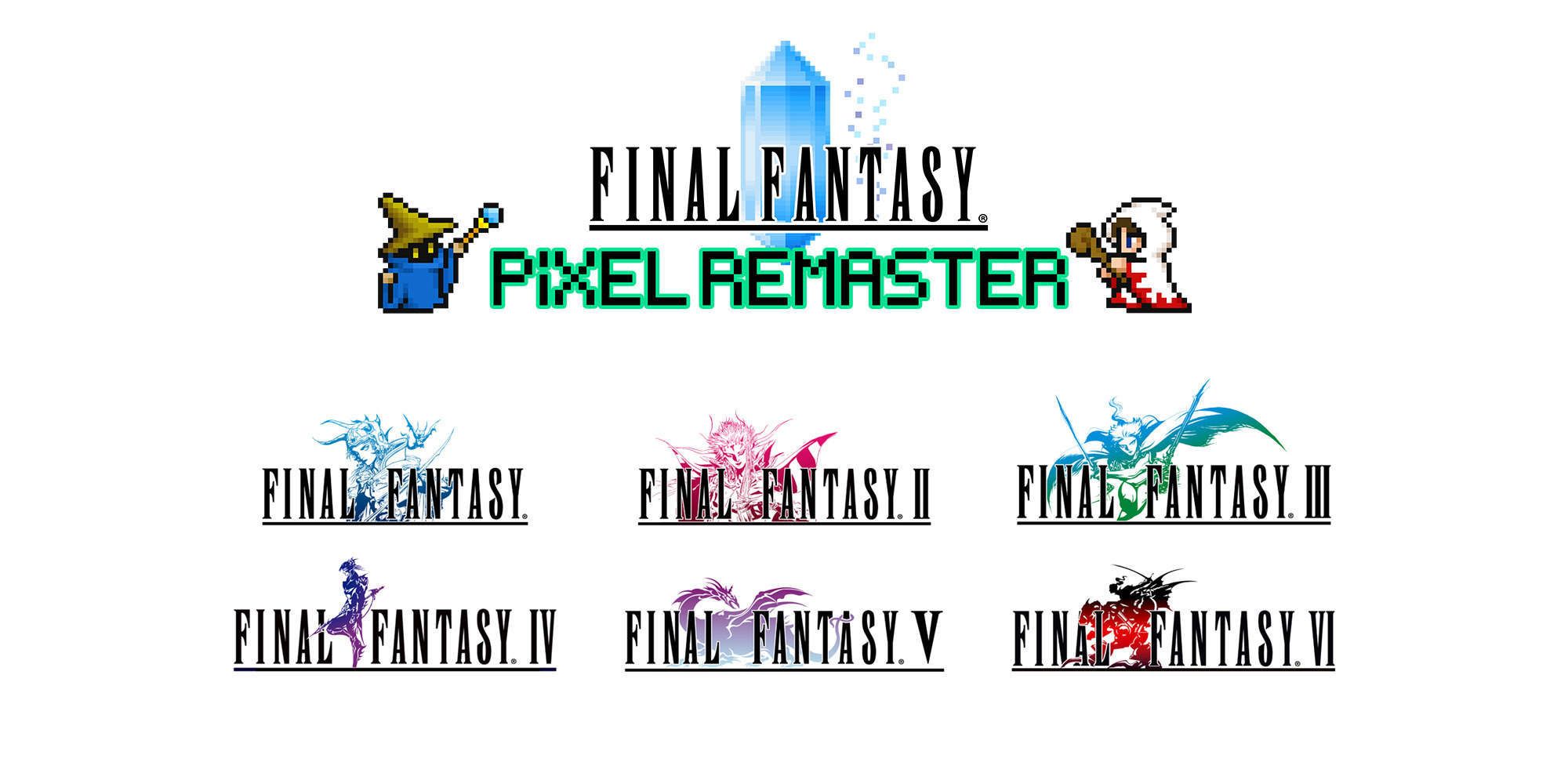
When asked why the decision was made to remaster the titles in the first place, Akiyama provides a straight and simple response:
"The games have been sold through various formats before, but the scope of what [was] redone, each title’s release timing, and their release regions were all varied, and we never really had the opportunity to allow players to enjoy them as a collection of Final Fantasy titles. With that in mind, we thought by applying the same kind of remaster treatment across the games, we could provide an environment that allows fans around the world to have more access to play them."
As Akiyama points out, this is not the first time that some of these games have been remastered. Not all of those past efforts have pleased everybody, however, and Akiyama and his team were keen to avoid making some of the same mistakes made by their predecessors. "We are certainly aware of the comments and requests about the previous titles," he explains, adding that "each [release] has [its] good points and bad, but this time around, we were especially mindful to use the original versions as the base of our remaster [rather than] comparing them to previous remakes."
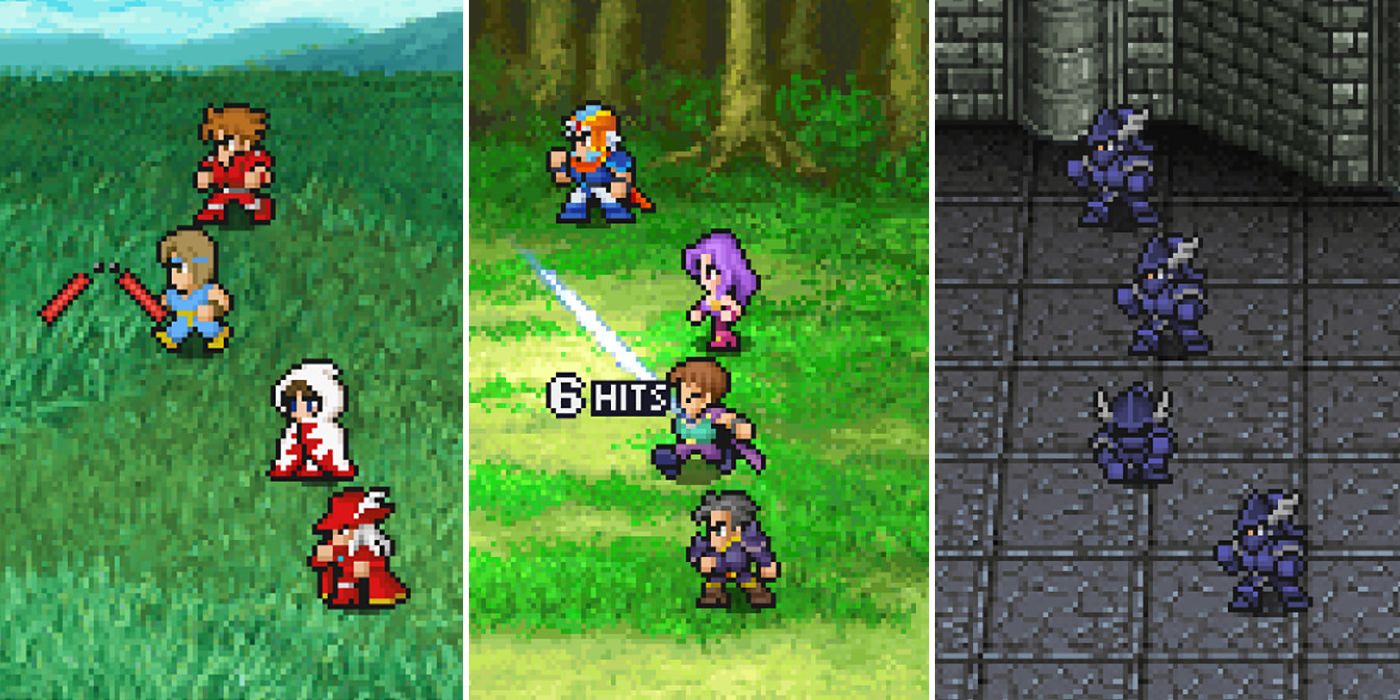
It would perhaps be easy to assume that the technological advancements that have occurred during the three and half decades since the series' Japanese debut would make remastering the titles a fairly simple endeavor. That was far from the case, though, with changes in the gaming landscape providing the team with plenty to think about during development and one or two unexpected challenges.
"There were techniques and expressions that were only possible because of the gameplay environment at the time, including the game hardware and the monitor," says Akiyama. "Nowadays, not only has the gameplay environment evolved, but players also have an option to choose what kind of environment they play games in. So, we were careful about maintaining the feel and the fun of the original versions, and bringing that to modern platforms. Also, one of the more granular challenges was having [fewer] talented individuals who can create pixel graphics."
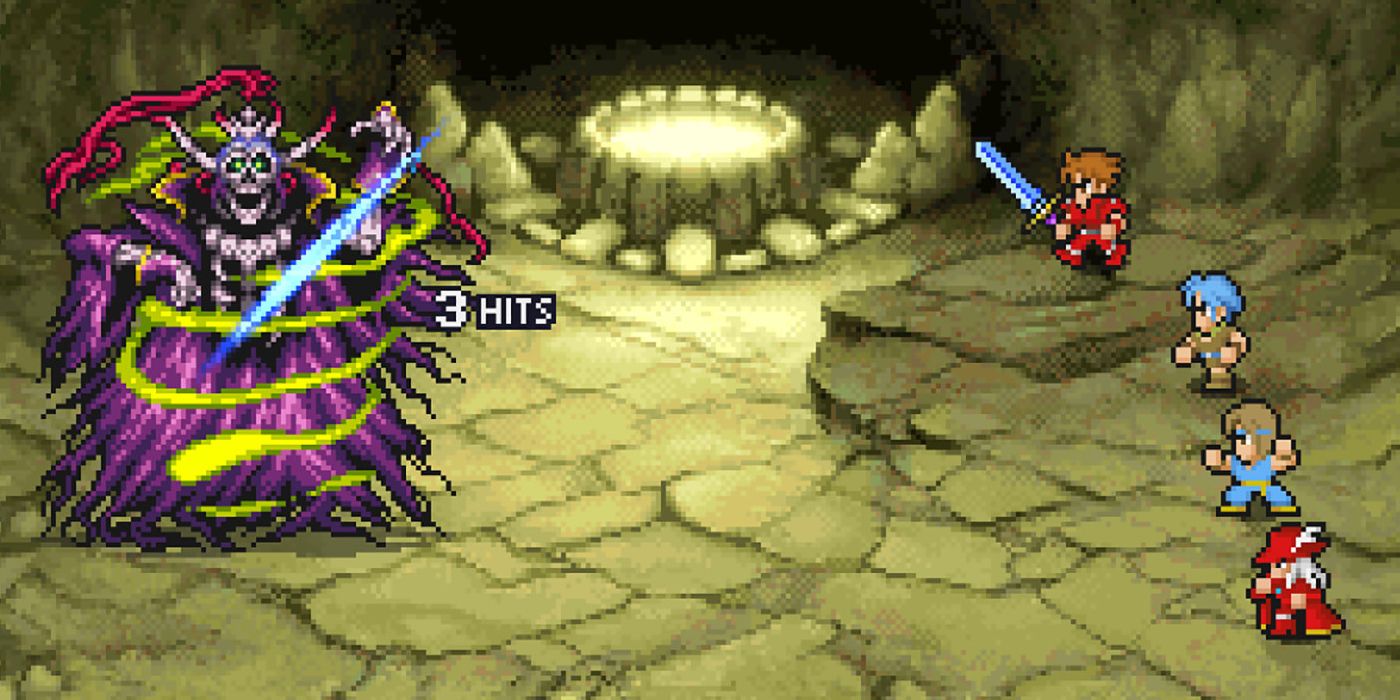
The latter should perhaps be a legitimate concern for fans of 2D video games everywhere, with high-quality spritework nowhere near as prominent today as it was in the eight and sixteen-bit eras. It's quickly becoming a lost art, but that's not to say that there aren't still some hugely talented pixel artists around. One of them is Kazuko Shibuya, who worked on the first six Final Fantasy games and returned to serve as both the art director and a pixel artist for the Pixel Remaster project.
Shibuya began working at Square (now Square Enix) when she was in her early twenties and quickly made a name for herself as one of the most talented pixel artists in the industry. More than three decades later and she's still with the company, demonstrating an air of longevity that few in the industry possess. "I was fortunate to stay with the company for this long," she explains, adding that she is "grateful for the opportunity to revisit [her] work from 34 years ago, since these titles were the origin of [her] career."
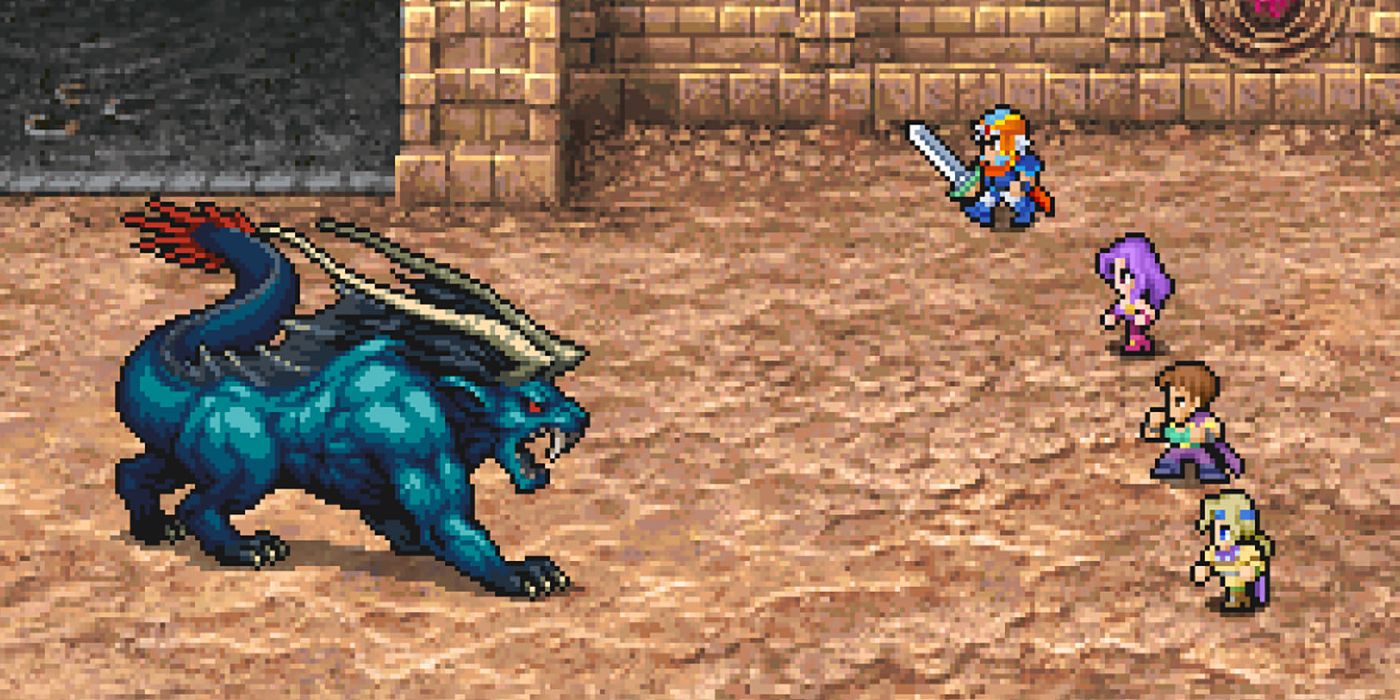
Like Akiyama though, Shibuya also had to overcome numerous challenges during the development of the Pixel Remaster series, particularly those that arose through the leap from CRT to LCD displays. According to Shibuya, "the data created during the Famicom era [involved] a very unique style of plotting pixels, which [took] into consideration how colors can get blurred, or pixels can get inflated and stretched vertically, on a CRT monitor."
This meant that as well as increasing the resolution, a lot of work was required to optimize the games' visuals for modern LCD displays. "The character sprites needed to be completely redrawn. Outside of that, we had to adjust the environment, monster, and effect graphics so they were better suited for LCD screens, while also trying not to destroy the impression these made on the viewer at the time of the original," says Shibuya. The very first game in the series proved to be particularly challenging in this regard.
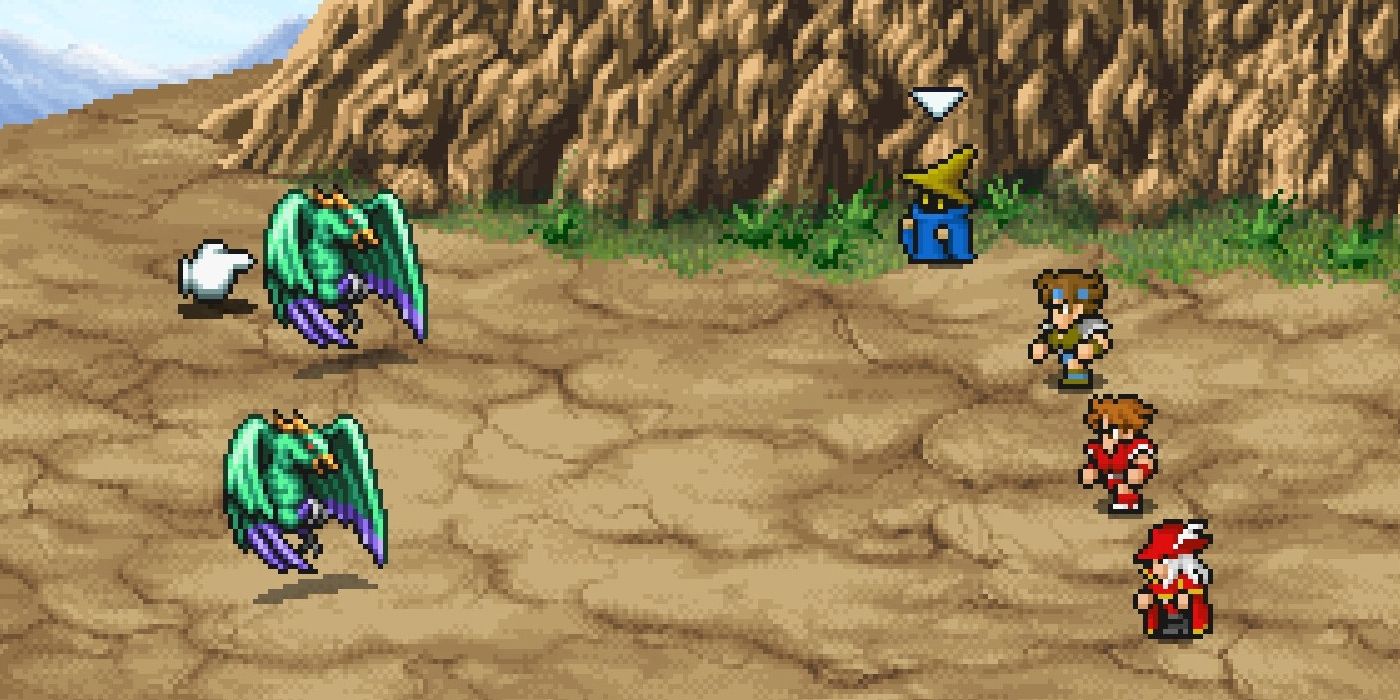
"At the time, I worked with only three colors, and so I felt like I was having a conversation with me from the past—asking myself if this was how I actually wanted to depict them. But if I got carried away and added a bit more detail than I should have, they would turn into something completely different; where I would realize my emotions got the best of me and that I had messed up. So, I worked to find a happy medium that retained the [style and general appearance] of the originals."
Though it was her work on the very first Final Fantasy game all those years ago that really helped to kickstart her long and successful career, it's not her favorite game in the Pixel Remaster series. In fact, she doesn't actually have one, instead opting to "pour [her] love into all of them." When it comes to individual characters, however, there is one that Shibuya is particularly proud of. "That would be Kefka, from Final Fantasy VI," she says. "He’s crazy and somewhat childish as well, and I feel that I was able to express that well, including his movements."
The first three titles in the Final Fantasy Pixel Remaster collection are available now on Mobile and PC.
MORE: Final Fantasy: The Best Things About The Pixel Remasters

